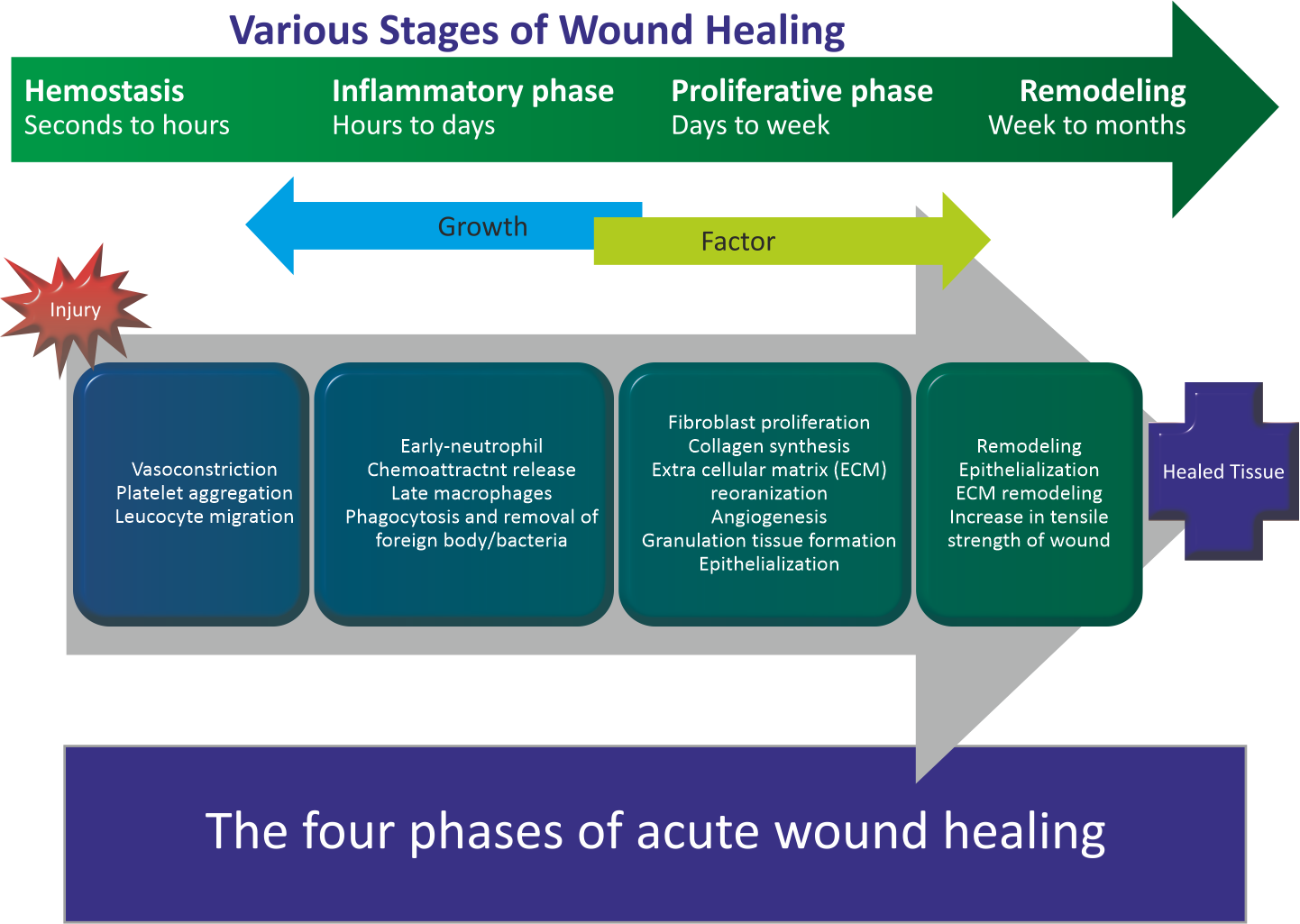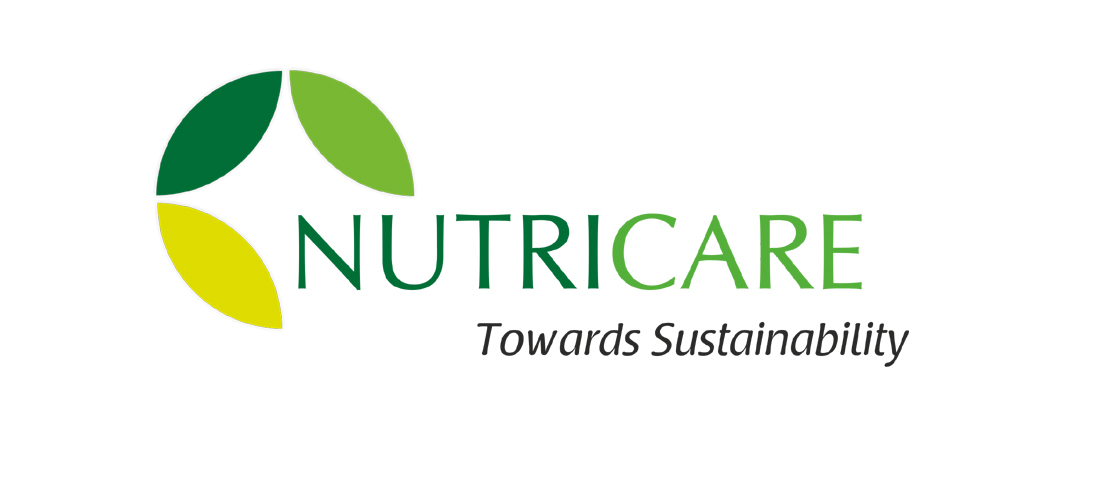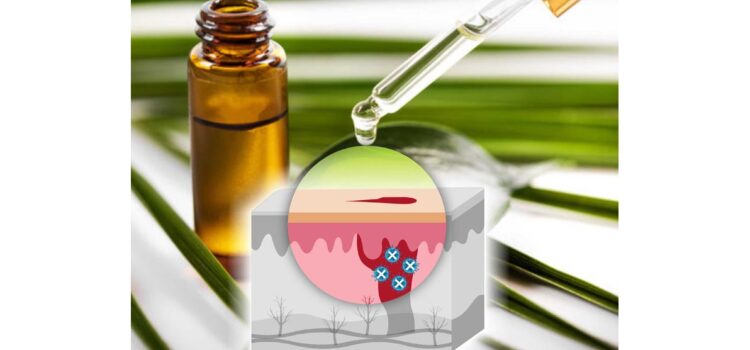The article explains how essential oils and herbs emerged as effective wound healer and helps in constructive wound management. Due to presence of active ingredients, having wide range of bioactivity, they help in eliminating various skin ailments and wounds and exert beneficial effect on performance of livestock and birds.

Technical Manager
Nutricare Lifesciences
External injuries to domesticated animals are common, ranging from tiny scratches to lacerated wounds to catastrophic deep damage. Such wounds have a negative impact on their health, their ability to function, and the owner’s financial situation. Accidental cutaneous injuries, if left untreated, can result in a cascade of pathophysiological changes such as myiasis, sepsis, and, in certain cases, cellulites.
Antibiotic-based treatments have been promoted as a means of encouraging healthy and rapid healing. However, in the quest of side effect free derma care, phytomedicines are a promising choice and are gaining popularity in wound care. It involves disinfection, debridement and ensuring a pathogen-free environment to accelerate healing with minimal side effects is a pressing necessity.
Wound and its consequences
Wounds are injuries caused by external aggression or a mechanical agent rather than disease, and frequently involve tissue division or rupture of the integument or mucous membrane. Domestic animals may sustain wounds as a result of fighting injuries, animal/insect bites, barbed wire injuries when grazing, accidents, and blows. The issues connected with a wound emerge as a result of an infection caused by toxins generated by bacteria at the wound site, resulting in abscess, necrosis, and slough, among other things. Microorganisms enter the wound in a variety of ways. They enter through direct contact with an infective surface, surgical equipment, air, and occasionally self-contamination by scratching or biting the wound. Staphylococcus aureus, Streptococcus pyogenus, Enterococci, Pseudomonas aeruginosa, and Pseudomonas aeruginosa are the most prevalent causal organisms associated with wound infections. Therefore, timely and correct dressing of the wound is required for complete healing process.
Wound healing is a complex process
Wound healing is separated into three phases, each of which has its own time period, as well as specific tissues and cell lines. The inflammatory phase begins with the formation of a clot to halt the bleeding, followed by vasodilation and the activation of immunological defence mechanisms. Following that is the proliferative phase of epidermal, endothelial, and fibroblast cells, which results in the formation of early granulation tissue and angiogenesis. The granular tissue is modified in the final phase by the formation of new collagen fibres and the differentiation of fibroblasts into myofibroblasts, which increases tensile strength and allows the borders of the lesion to be closer together. Wound fail to heal when there is disruption of the normal delicate balance of the growth factors and inflammatory mediators and when left unmanaged leads to formation of biofilms, Sepsis, Myiasis and Cellulitis.

Wound management is a vital step for effective healing
Wound management is an ongoing treatment of a wound, by providing appropriate environment for healing, by both direct and indirect methods, together with the prevention of skin breakdown.
Basic principles of wound management are universally identifiable and include the following:
- Reduce bioburden
- Reduce edema
- Maintain a moist wound environment
Wound lavaging is important in initial wound treatment. Irrigation of the wound, washes away both visible and microscopic debris. This reduces the bacterial load in the tissue, which helps decrease wound complications and also allows better examination of underlying tissues. Open wounds often must be managed for several days, weeks, or even months until they can be closed or they heal by second intention.
The majority of wounds heals effectively with standard wound management approaches and good bandaging; however, topical medications may be explored as an adjuvant for chronic, non-healing wounds. Non-healing wounds are halted during one of the healing phases, most commonly the inflammatory phase 2. As a result, topical treatments help the body move from an inflammatory to a proliferative state.
There are a number of factors that influence how well and quickly wounds heal. Healing is influenced by a variety of factors, including the environment, the animal’s overall health, and pharmacological treatments. One environmental component that influences wound healing is temperature. The optimal temperature for wound healing is around 86°F (30°C). Cold temperatures can weaken wounds, causing them to take longer to heal. Wounds require oxygen to heal as well. Bandages should not be too tight to allow blood to flow freely through the wound.
Herbs in wound healing
Many topical drugs are used to treat wounds. These may be intended to promote natural wound closure, prevent infection, or reduce pain. However, other topical drugs (used for other purposes) may slow wound healing. Plants can help manage and cure wounds in a variety of ways. In many areas, tribal and traditional heal wounds and burns using a wide variety of plants. The molecular and physiological effects of therapeutic plant extracts and components are frequently studied in mammalian systems; in 2008, 68 percent of all pharmaceutical medicines were derived from or inspired by plants.
- Aloe vera has been used as a first-line treatment for burns, ulcers, and surgical wounds. Pyrocatechol, saponins, acemannan, anthraquinones, glycosides, oleic acid, phytol, and simple and complex water-soluble polysaccharides are among the many natural bioactive substances found in aloe vera. Acetone extracts from Aloe vera leaves are rich in saponins, acemannan, and anthraquinone possess antibacterial activity. Gram-positive bacteria appear to be more responsive to Aloe vera than Gram-negative bacteria.
- Safflower seeds, or Carthamus tinctorius, has been linked to a variety of biological actions, including vasodilation, immunological modulation, anticoagulation and thromboprophylaxis, antioxidation, anti-inflammation, antihepatic fibrosis, and analgesia. The primary water-soluble monomer of safflower yellow pigments, has antioxidant, anti-inflammatory , proangiogenic, and apoptosis-inhibiting characteristics. Topical administration promotes neovascularization, reepithelialization, and granulation tissue development in wounds.
- Curcumin, an active ingredient found in the root of Curcuma longa, has been used as a medication for centuries. Curcumin is used to treat inflammation, lung problems, and liver problems by traditional Ayurvedic medicine practitioners. Abdominal pain is often treated with curcumin. At the transcriptional, translational, and posttranslational levels, this highly pleiotropic protein has been shown to interact with critical physiological pathways. Epithelial malignancies are treated with curcumin. Curcumin promotes fibroblast proliferation, granulation tissue development, and collagen deposition in the healing of cutaneous wounds, which is maybe not surprising.
Wondrous role of essential oils
Essential oils are recognised for their natural protective role for host plants, as well as the fact that they contain characteristics that are several times stronger than those found in dried herbs. Antibacterial, antimicrobial, antiviral, and antifungal qualities, as well as some specific therapeutic benefits, are among the features that make essential oils of great interest. The herbal bioactives present in the essential oils change the chemical and cellular environment of the wound bed. Essential oils create a wonderful wound environment by enhancing the intrinsic factors such as cytokines and other growth factors, enhance body defense, aid in proliferation of fibroblasts and result in effective healing.

Moist environment is necessary for healing. Essential oils are lipophilic and stick to the wound texture easily. They form a layer on the surface thus shielding the wound completely, hence preventing dessication, and maintaining moist wound surface. Since, the intracellular moisture remains intact and celluar integrity, is maintained, perfect wound environment is thus generated.
We at Nutricare offer a unique combination of essential oils and phytobioactives for wound, eczema, ringworm, pruritis and other problems.
-
Pine oil treats various skin problems like psoriasis, itching, pimples, eczema, skin diseases, scabies, sores and fleas. It can also act as an antioxidant and prevents free radicals attack on the healthy skin cells.
-
Eucalyptus oil is antibacterial and analgesic. Cineole in eucalyptus oil has anti-inflammatory and antimicrobial activity. Eucalyptus oil has larvicidal activity and repellency has been tested against Aedes albopictus, Aedes aegypti, and Culex pipiens.
-
Himachalenes and Atlantones from Cedar oil have been found to have immunemodulatory, antiseptic, insecticidal, anti-fungal activity, anti-inflammatory, anti-oxidant and molluscidal activity. Cedrol treats eczema and cure the inflammation that leads to this irritating skin issue. It reduces skin pealing and treats the infection with its antifungal properties.
-
Ocimum basilicum oil significantly inhibits the growth of bacterial strains S. aureus, E. faecalis, E. coli, P.aeruginosa and the yeast Candida albicans, which are the common causatives of mastitis.
-
α-turmerone, β-turmerone and ar-turmerone from Curcuma longa oil have insecticidal, antimicrobial, antifungal and antioxidant actions. They also have healing ability and avoid udder cracks.
-
Ingredients like Nimbine from Neem oil prevent secondary infection. The alpha-linolenic acid and related chemicals are anti-inflammatory and remove hardness of tissues.
Hemostasis, inflammation, debridement, repair (proliferation), and remodeling are all aspects of wound healing that occur simultaneously. Various endogenous and external factors influence each phase. Essential oils shows promising results in skin wound healing by modulating processes involved in the inflammatory, proliferative, and remodeling stages.
More details can be reached at www.nutricare.in
Previous article by author: Phytogenics Role In Maximising Liver Protection In Layers






